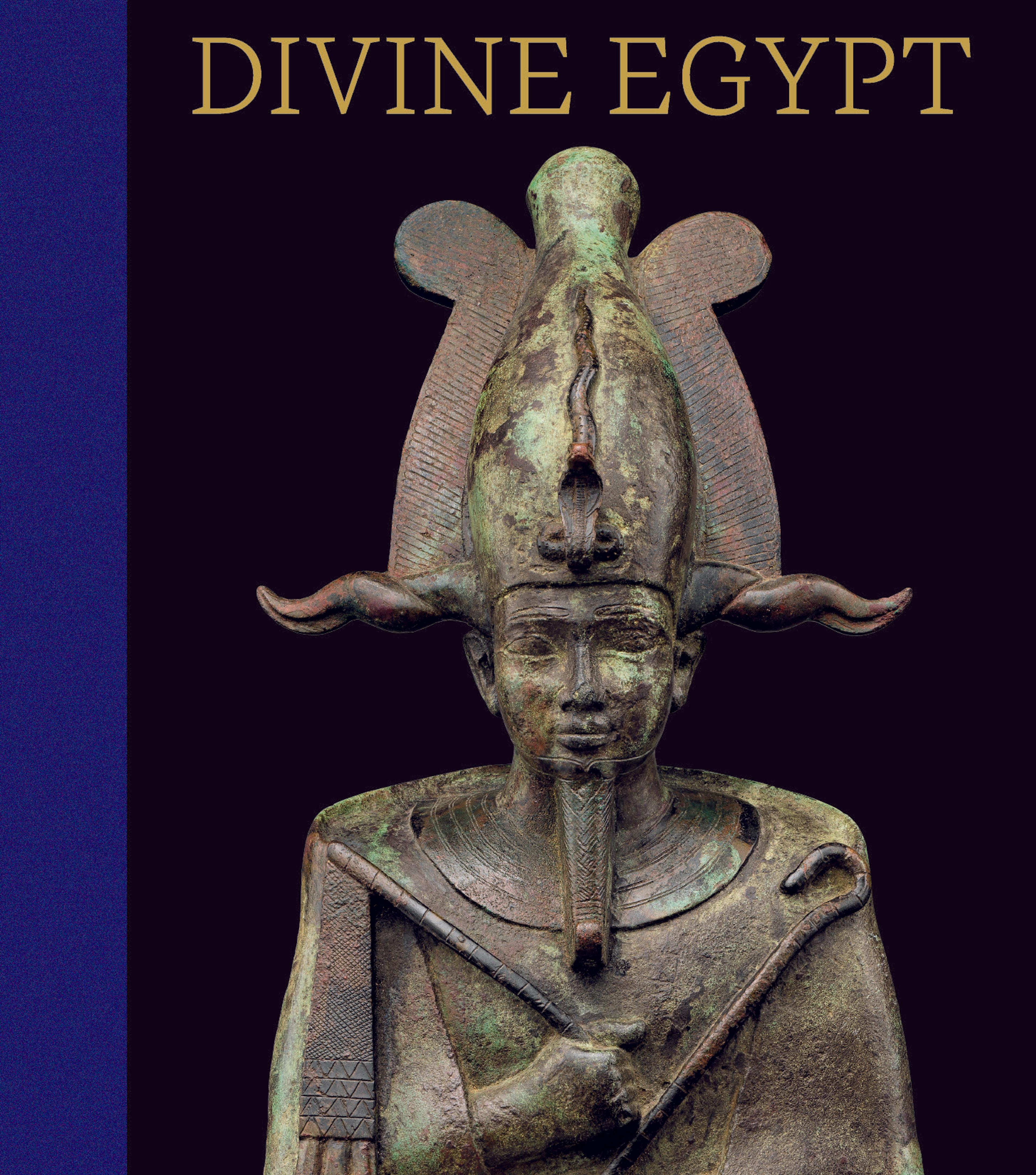Canopic Chest of Khonsu
The canopic box, made for Khonsu (see 86.1.1a, b and 86.1.2a, b), has a shrine-shaped lid and the typical Egyptian cavetto cornice around the upper edge. It is built on sledge runners, and there are two knobs for tying the lid shut. The interior is divided into four compartments for the storage of the four internal organs. The lid is decorated with two images of Anubis as a jackal, and the sides of the box are decorated with the goddesses Isis and Nephthys, Selqet and Neit, and the Four Sons of Horus, protectors of the internal organs. The inscriptions assure Khonsu of their protection. Other objects in the collection that were discovered in the same tomb can be viewed here.
Artwork Details
- Title: Canopic Chest of Khonsu
- Period: New Kingdom, Ramesside
- Dynasty: Dynasty 19
- Reign: reign of Ramesses II
- Date: ca. 1279–1213 BCE
- Geography: From Egypt, Upper Egypt, Thebes, Deir el-Medina, Tomb of Sennedjem (TT 1), Egyptian Antiquities Service/Maspero excavations, 1885–86
- Medium: Wood, gesso, paint, varnish, linen string
- Dimensions: Overall: H. 44.5 × W. 48.2 × D. 55.4 cm (17 1/2 × 19 × 21 13/16 in);Lid: W. 42.5 × D. 43.5 cm (16 3/4 × 17.1/8 in)
- Credit Line: Funds from various donors, 1886
- Object Number: 86.1.3a, b
- Curatorial Department: Egyptian Art
More Artwork
Research Resources
The Met provides unparalleled resources for research and welcomes an international community of students and scholars. The Met's Open Access API is where creators and researchers can connect to the The Met collection. Open Access data and public domain images are available for unrestricted commercial and noncommercial use without permission or fee.
To request images under copyright and other restrictions, please use this Image Request form.
Feedback
We continue to research and examine historical and cultural context for objects in The Met collection. If you have comments or questions about this object record, please complete and submit this form. The Museum looks forward to receiving your comments.
